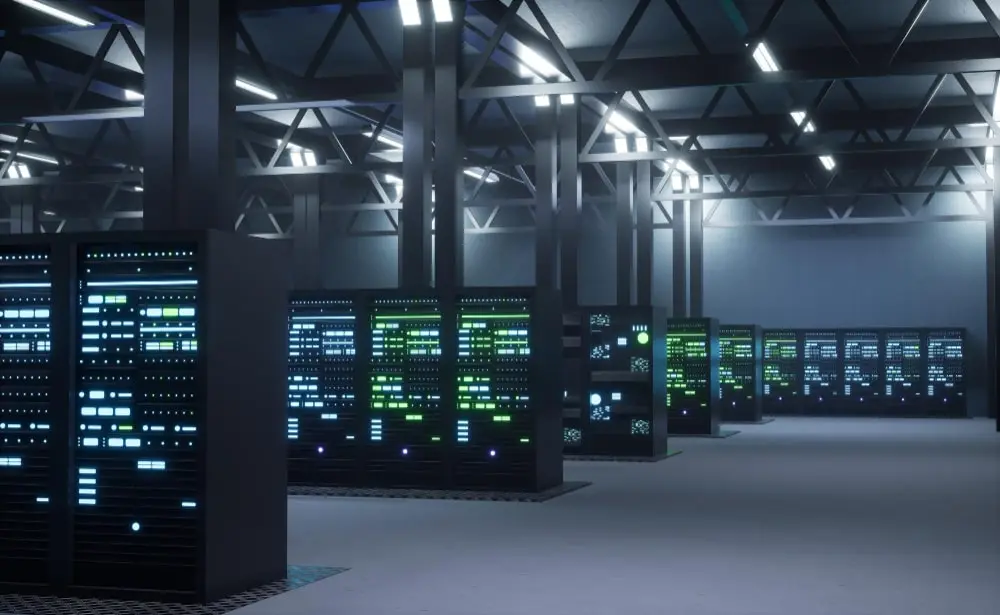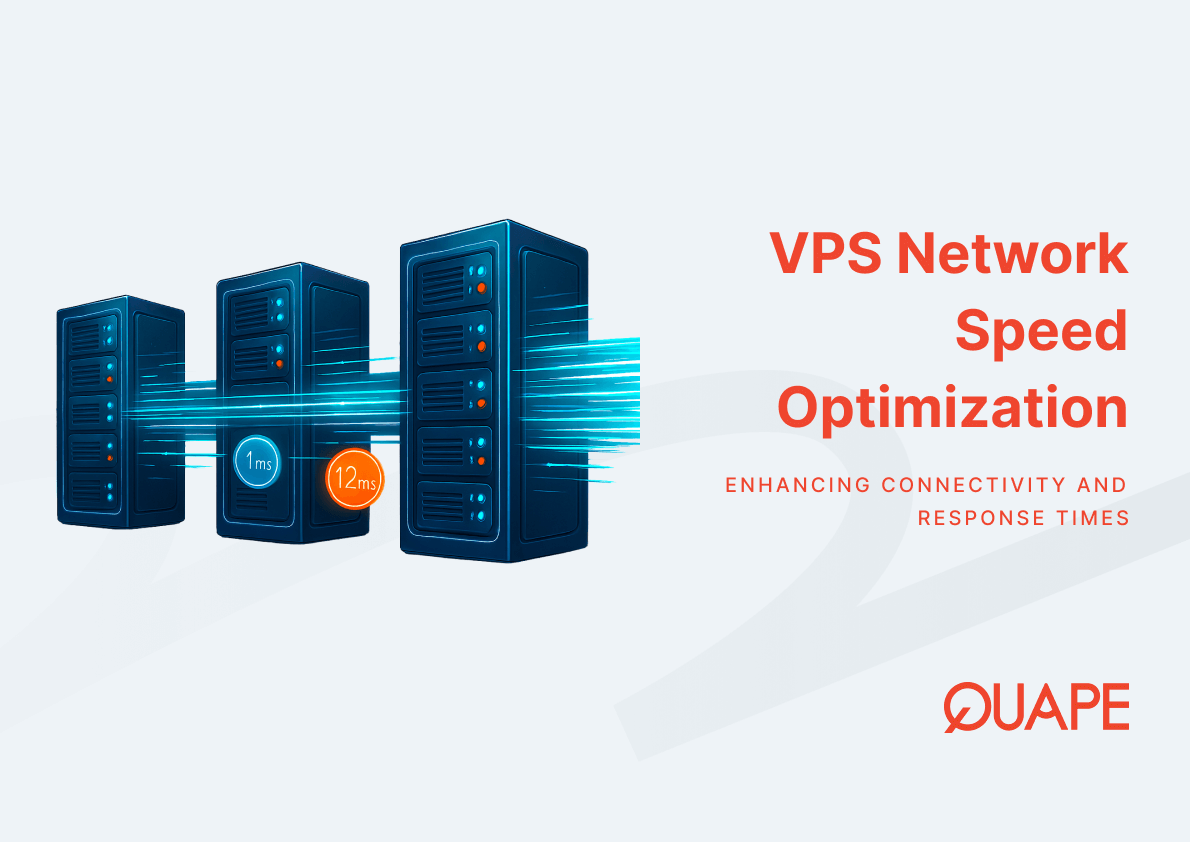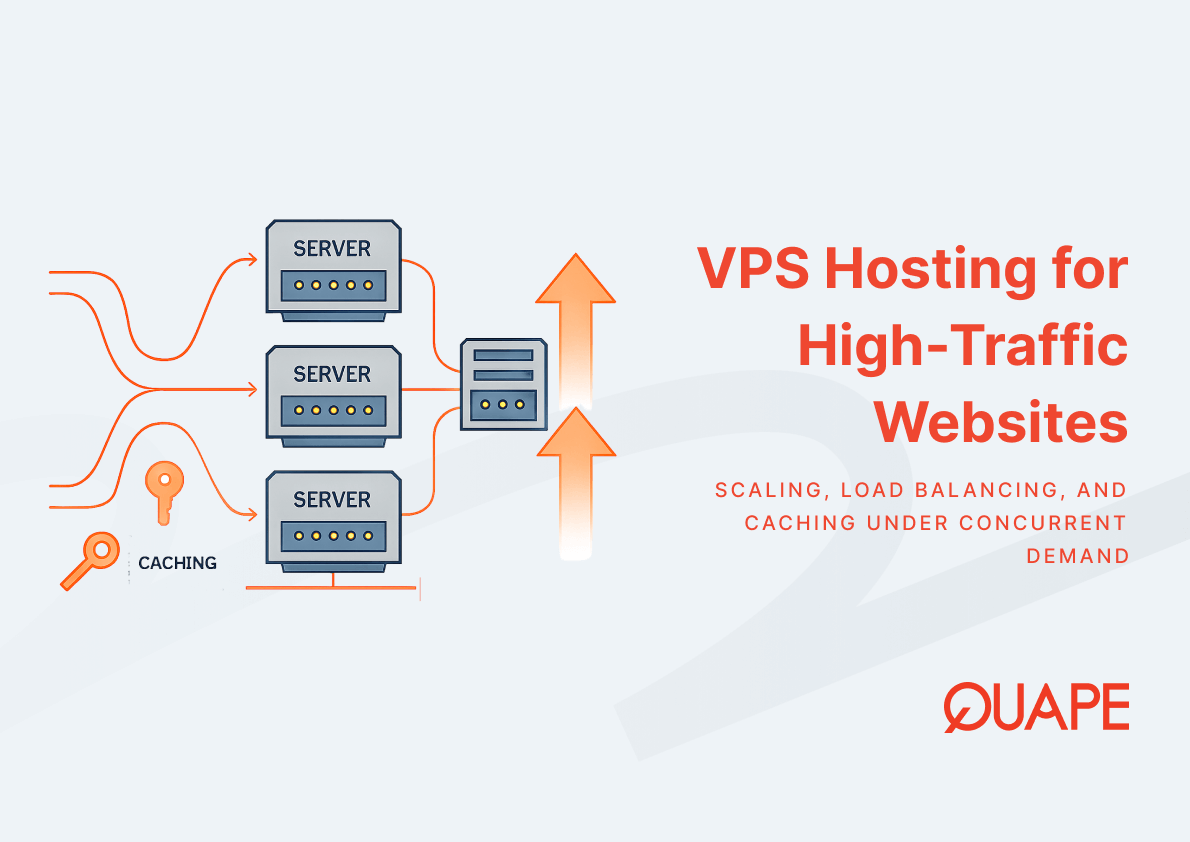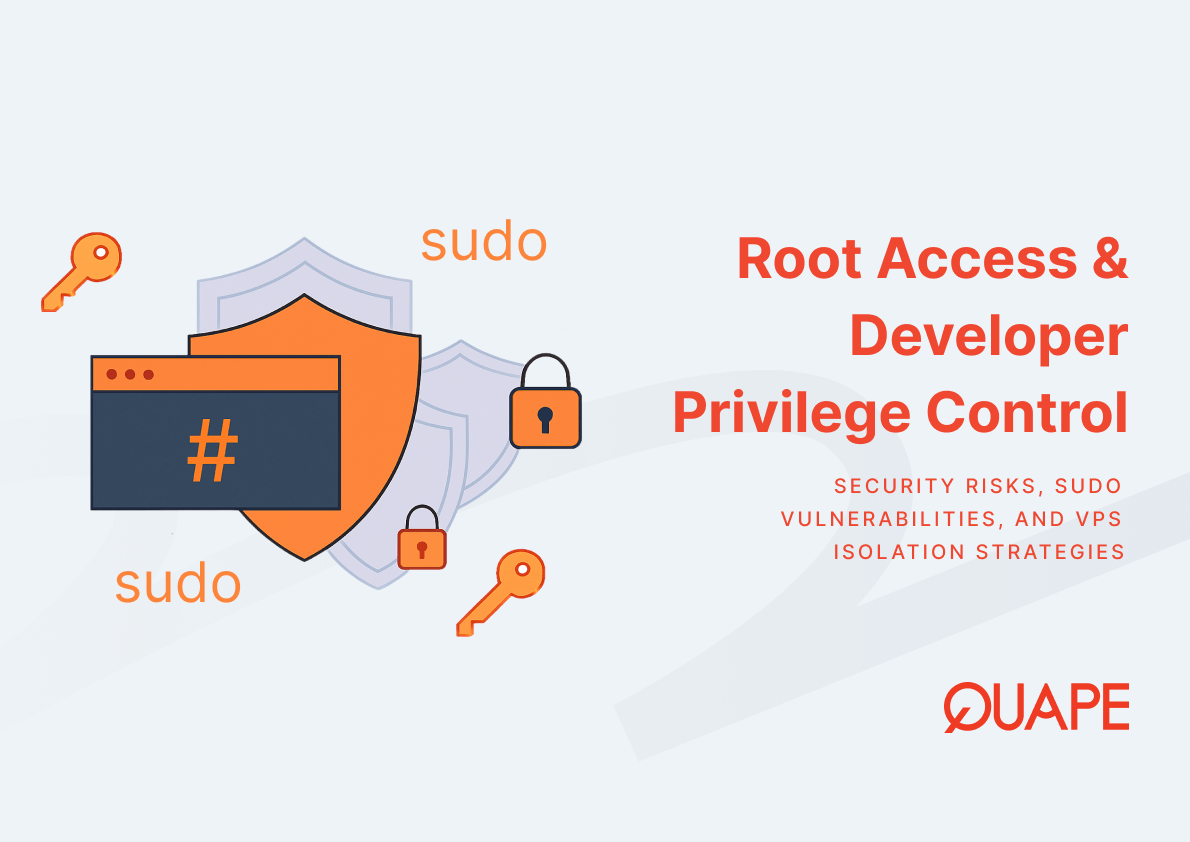Ekonomi digital berjalan dengan kepastian. Bagi bisnis apa pun yang beroperasi daring, mulai dari platform e-commerce hingga layanan keuangan, waktu henti bukan sekadar ketidaknyamanan; melainkan ancaman langsung terhadap pendapatan, reputasi, dan kepercayaan pelanggan. Inilah sebabnya ketika Anda memilih fondasi untuk aplikasi penting Anda, seperti server kolokasi solusinya, infrastruktur yang mendasarinya sangatlah penting.
Tolok ukur yang diterima secara universal di industri untuk mengevaluasi keandalan pusat data adalah Sistem Klasifikasi Tier yang dikembangkan oleh Uptime Institute. Sistem ini menyediakan kerangka kerja yang jelas dan objektif untuk mengukur ketahanan dan ketersediaan fasilitas.
Di antara empat tingkatan (Tingkat I hingga Tingkat IV), Pusat Data Tingkat 3 Standar menonjol sebagai pilihan strategis, menawarkan kombinasi yang kuat antara ketersediaan tinggi dan investasi yang bijaksana. Jika Anda sedang menjajaki opsi untuk infrastruktur penting Anda, memahami manfaat tangguh Tier 3 sangatlah penting.
Daftar isi
BeralihApa itu Pusat Data Tier 3? Mendefinisikan Standarnya
Sistem Klasifikasi Tingkatan bersifat progresif: setiap tingkatan yang lebih tinggi menggabungkan semua persyaratan tingkatan di bawahnya. Sementara Tier I merupakan fasilitas dasar dengan jalur kapasitas tunggal, Tier 3 pusat data merupakan lompatan besar dalam ketahanan operasional.
Klasifikasi Tier 3 secara resmi ditetapkan sebagai “Dapat Dipertahankan Secara Bersamaan”. Definisi ini adalah pembuat perbedaan utama bagi bisnis Anda, karena menjamin bahwa penutupan terencana di seluruh situs sama sekali tidak diperlukan.
Klasifikasi Tingkat Uptime Institute
Empat Tingkatan Uptime Institute mendefinisikan peningkatan tingkat redundansi dan toleransi kesalahan 6:
Klasifikasi Tingkatan | Penamaan | Topologi Redundansi | Jaminan Waktu Aktif Tahunan | Waktu Henti Tahunan Maksimum |
Tingkat I | Kapasitas Dasar | Tidak Ada (Jalur Tunggal) | 99.671% | <28,8 jam |
| Tingkat II | Komponen Kapasitas Redundan | Sebagian (Beberapa N+1), Jalur Tunggal | 99.741% | <22 jam |
Tingkat III | Dapat Dipertahankan Secara Bersamaan | Toleransi Kesalahan N+1, Beberapa Jalur | 99.982% | <1,6 jam |
| Tingkat IV | Toleran Kesalahan | 2N atau 2N+1 (Toleran Kesalahan Penuh) | 99.995% | <26,3 menit |
Seperti yang ditunjukkan pada tabel, transisi dari Tier II (waktu henti 22 jam) ke Tingkat III (1,6 jam waktu henti) adalah saat terjadi lonjakan keandalan dan kinerja yang paling signifikan.
Manfaat 1: Mencapai Waktu Aktif yang Hampir Sempurna (99.982%)
Manfaat paling nyata dari memilih pusat data Tier 3 untuk kolokasi atau server khusus Anda adalah jaminan layanan berkelanjutan.
Fasilitas Tier 3 yang tersertifikasi dirancang untuk memberikan target ketersediaan Waktu aktif 99.982% per tahun.3 Bagi perusahaan mana pun, tingkat ini keandalan sangat penting untuk menjaga kelancaran operasi dan mematuhi Perjanjian Tingkat Layanan (SLA) yang ketat.
Tunjangan Waktu Henti Kritis
Apa arti uptime 99.982% dalam praktiknya? Ini berarti batas waktu aktif maksimum yang diizinkan. waktu henti tahunan hanya 1,6 jam (sekitar 96 menit).
Yang terpenting, waktu henti minimal ini dicadangkan hanya untuk kegagalan komponen yang tidak terduga atau kejadian eksternal yang tidak direncanakan. bukan mencakup aktivitas pemeliharaan terencana, yang membawa kita ke manfaat kedua dan bisa dibilang paling penting.
Baca Juga: 5 Manfaat Utama Menggunakan Server Colocation
Manfaat 2: Tanpa Waktu Henti untuk Pemeliharaan Terencana (Kemampuan Pemeliharaan Bersamaan)
Penunjukan “Dapat Dipertahankan Secara Bersamaan” adalah kekuatan operasional Tier 3.1 Artinya staf fasilitas dapat melakukan pemeliharaan, melakukan perbaikan, atau mengganti satu peralatan kapasitas seperti generator cadangan, modul UPS, atau unit pendingin. tanpa memerlukan penghentian dan tanpa mengganggu beban TI penting Anda.
Bagi pelanggan kolokasi, hal ini sangat penting. Hal ini memastikan bahwa aktivitas rutin yang diperlukan untuk menjaga kesehatan fasilitas seperti penggantian baterai atau servis pendingin tidak akan memengaruhi server Anda, sehingga Anda mendapatkan layanan 24/7 tanpa gangguan.
Kemampuan ini dicapai melalui dua persyaratan arsitektur inti: redundansi N+1 dan beberapa jalur distribusi.
Cara Kerja Redundansi: Arsitektur N+1
Untuk mencapai pemeliharaan bersamaan, pusat data Tier 3 harus menggunakan Toleransi kesalahan N+1 di seluruh sistem mekanik dan listrik yang penting.
- N (Kapasitas yang Diperlukan): Ini adalah kapasitas minimum yang diperlukan untuk menangani beban TI penuh fasilitas tersebut.
- +1 (Komponen Ekstra): Ini merupakan komponen cadangan operasional penuh yang dapat secara otomatis mengambil alih beban jika komponen “N” gagal atau sengaja diisolasi untuk layanan.
Artinya, fasilitas tidak akan pernah beroperasi dengan kapasitas penuh tanpa cadangan khusus. Saat pemeliharaan diperlukan, staf dapat dengan aman mengisolasi komponen "+1" untuk bekerja, sementara kapasitas "N" tetap menjalankan operasional Anda.
Peran Berbagai Jalur Distribusi
Selain komponen redundan, fasilitas Tier 3 diharuskan memiliki beberapa jalur distribusi independen untuk daya dan pendinginan.
Meskipun hanya satu jalur yang perlu aktif pada waktu tertentu untuk mendukung lingkungan penting Anda, keberadaan jalur redundan memungkinkan tim pusat data untuk melakukan pekerjaan yang direncanakan pada jalur yang tidak aktif tanpa memengaruhi sistem yang aktif. Hal ini mencegah titik kegagalan tunggal yang terkait dengan pengiriman daya atau distribusi pendinginan selama operasi rutin.
Tingkat III vs. Tingkat IV: Menemukan Titik Keuangan yang Tepat
Bagi para pemimpin bisnis, keputusan seringkali bergantung pada keseimbangan keandalan dengan investasiMengapa memilih Tingkat 3 daripada standar tertinggi, Tingkat 4?
Membandingkan Ketersediaan dan Biaya
Fasilitas Tier IV dikategorikan sebagai “Toleran terhadap Kesalahan” dan biasanya memiliki redundansi 2N atau 2N+1 (gandakan semuanya). Mereka dirancang agar setiap kegagalan peralatan tunggal atau Gangguan jalur distribusi tidak akan memengaruhi operasi TI.4 Ini memberikan waktu aktif yang luar biasa sebesar 99,995%, yang mengurangi waktu henti tahunan maksimum menjadi hanya 26,3 menit.
Namun, peningkatan ketersediaan yang marjinal ini memiliki konsekuensi yang signifikan:
- Fasilitas Tier IV bisa menghabiskan biaya 25% hingga 40% lebih banyak untuk membangun fasilitas Tier 3 yang setara.
Bagi sebagian besar perusahaan besar, lembaga keuangan, dan penyedia kolokasi, peningkatan biaya substansial yang diperlukan untuk menghilangkan 1,3 jam terakhir dari waktu henti yang sangat tidak mungkin dan tidak direncanakan tidak dapat dibenarkan secara ekonomi. Tingkat 3 menyediakan 99% ketahanan yang dibutuhkan untuk aplikasi penting tanpa pengeluaran modal yang besar pada Tier IV, menjadikannya titik keuangan optimal.
Melampaui Desain: Memastikan Keandalan Operasional
Elemen penting yang perlu diingat adalah memiliki Pusat Data Tingkat 3 desain hanyalah sebagian dari persamaan. Bahkan di fasilitas yang paling canggih sekalipun, analisis industri menunjukkan bahwa kesalahan manusia dan proses manajemen yang tidak memadai merupakan penyebab sejumlah besar pemadaman yang sebenarnya dapat dicegah namun berbiaya tinggi.
Oleh karena itu, fasilitas yang benar-benar dapat diandalkan juga harus mematuhi Uptime Institute Sertifikasi Tingkat Keberlanjutan Operasional (TCOS). Sertifikasi ini berfokus pada unsur manusia:
- Pelatihan dan kompetensi staf.
- Protokol pemeliharaan yang ketat dan Metode Prosedur (MOP) formal.
- Keputusan manajemen memengaruhi tingkat kepegawaian dan kinerja situs jangka panjang.
Fasilitas Tingkat 3 yang juga memiliki peringkat TCOS tinggi (seperti Perak atau Emas) memberikan jaminan layanan tanpa gangguan yang paling komprehensif dengan mencocokkan infrastruktur berkualitas tinggi dengan manajemen operasional berkualitas tinggi.
Baca Juga: Berikut Cara Kerja Server Colocation Secara Efisien
Siapa yang Membutuhkan Pusat Data Tier 3? Contoh Penggunaan Ideal
Itu Pusat Data Tingkat 3 adalah standar industri untuk organisasi yang bisnis intinya memerlukan ketersediaan berkelanjutan, 24/7.
Jika bisnis Anda sesuai dengan salah satu profil berikut, kolokasi Tingkat 3 adalah standar minimal yang harus Anda terima:
- Platform E-commerce: Gangguan apa pun berarti kehilangan penjualan secara langsung. Tingkat 3 menjamin periode puncak dan integritas transaksi.
- Lembaga Keuangan: Bank, perusahaan perdagangan, dan layanan fintech yang harus menjaga integritas transaksi 24/7 dan kepatuhan peraturan.
- Perusahaan Besar dan Bisnis yang Berkembang: Organisasi yang telah mengadopsi aplikasi penting dan menuntut kinerja maksimal untuk layanan seperti Sistem ERP, basis data, dan proses TI yang berkelanjutan.
- Server Kolokasi: Penyedia layanan seperti Quape mengandalkan fasilitas Tier 3 untuk memenuhi dan melampaui SLA klien, memberikan keyakinan tinggi dan keandalan maksimum untuk infrastruktur hosting mereka.
Kesimpulan: Mengamankan Masa Depan Digital Anda dengan Kolokasi yang Sangat Handal
Dalam lanskap digital yang sangat kompetitif, infrastruktur bukan lagi pusat biaya, melainkan keunggulan kompetitif. Memilih Pusat Data Tingkat 3 Server kolokasi Anda memastikan bisnis Anda mendapatkan manfaat dari tingkat keandalan tertinggi yang unggul secara teknis dan ekonomis. Anda mendapatkan kepercayaan diri dengan uptime 99.982%, jaminan operasi selama pemeliharaan, dan redundansi N+1 yang andal, yang semuanya penting untuk kelangsungan bisnis yang sesungguhnya.
Di Quape, kami memahami bahwa ketahanan adalah hal yang tak terbantahkan bagi klien kami yang berbasis di Singapura. Komitmen kami untuk menyediakan layanan hosting dan domain kelas enterprise didukung oleh kemitraan strategis dengan fasilitas berstandar tinggi. Siap menghosting infrastruktur penting Anda dengan percaya diri? Jelajahi Server kolokasi Quape yang tangguh pilihan hari ini dan amankan ketersediaan 99.982% yang dibutuhkan bisnis Anda.
- Kolokasi vs Server Terdedikasi: Apa Bedanya? - 4 November 2025
- Kolokasi vs Cloud Hosting: Mana yang Tepat untuk Beban Kerja Anda? - 4 November 2025
- Bagaimana Memutuskan Antara Kolokasi dan On-Premise? - 20 Oktober 2025



